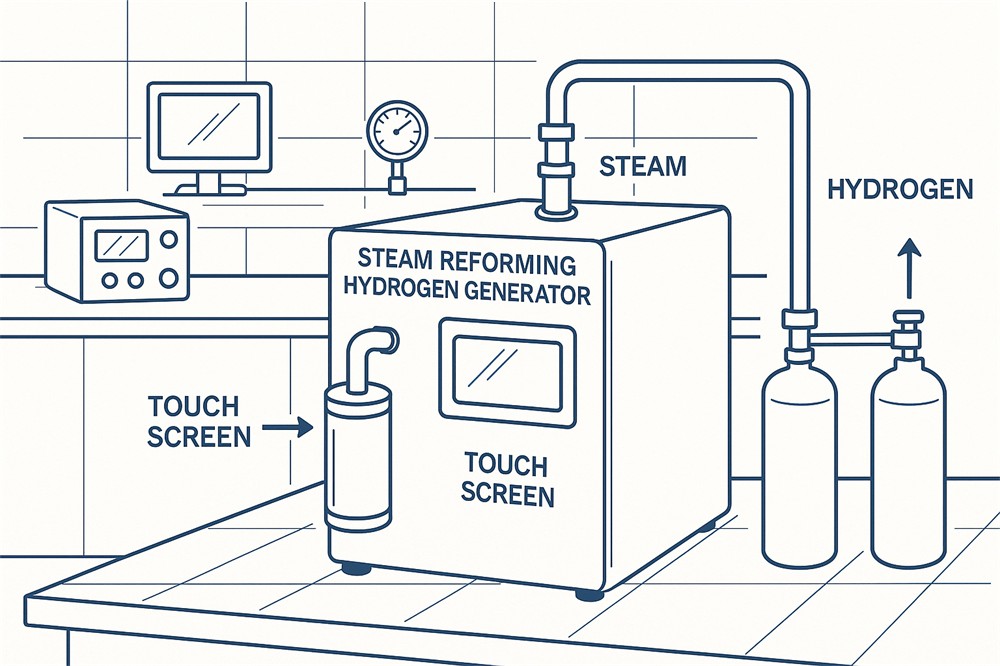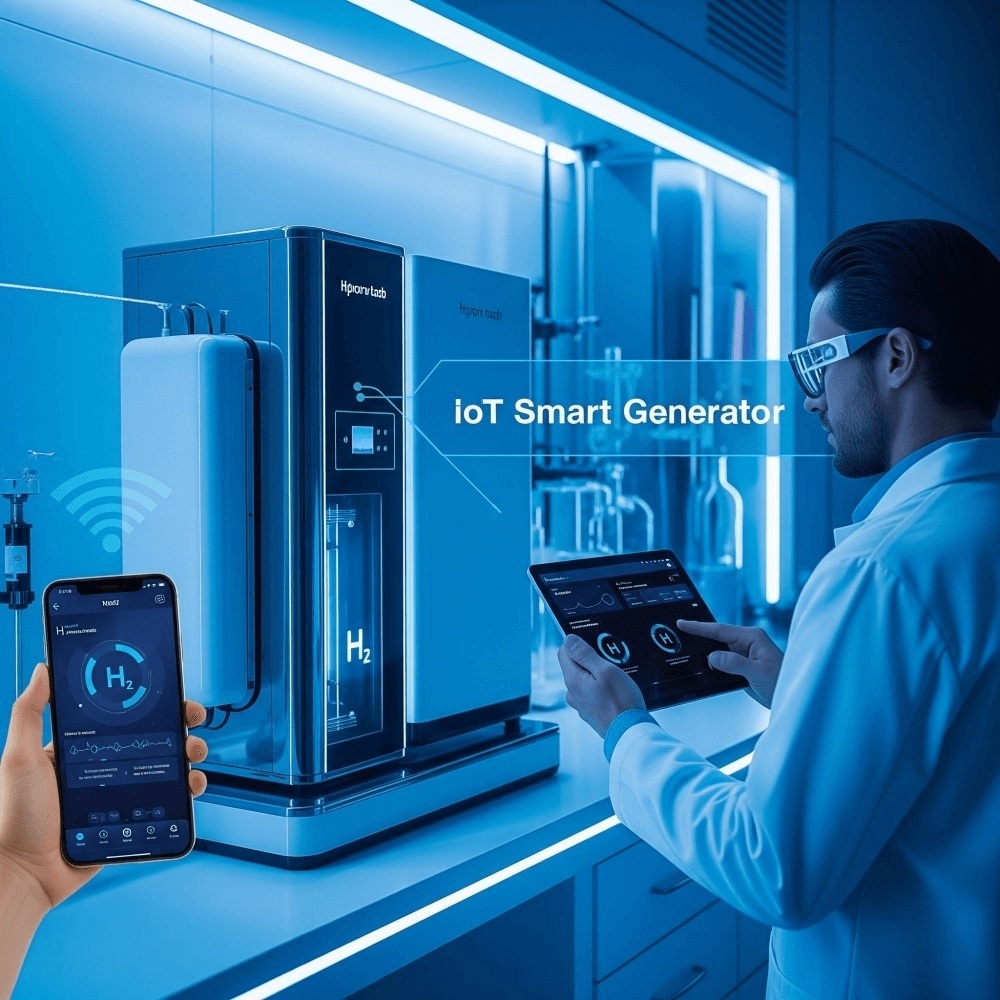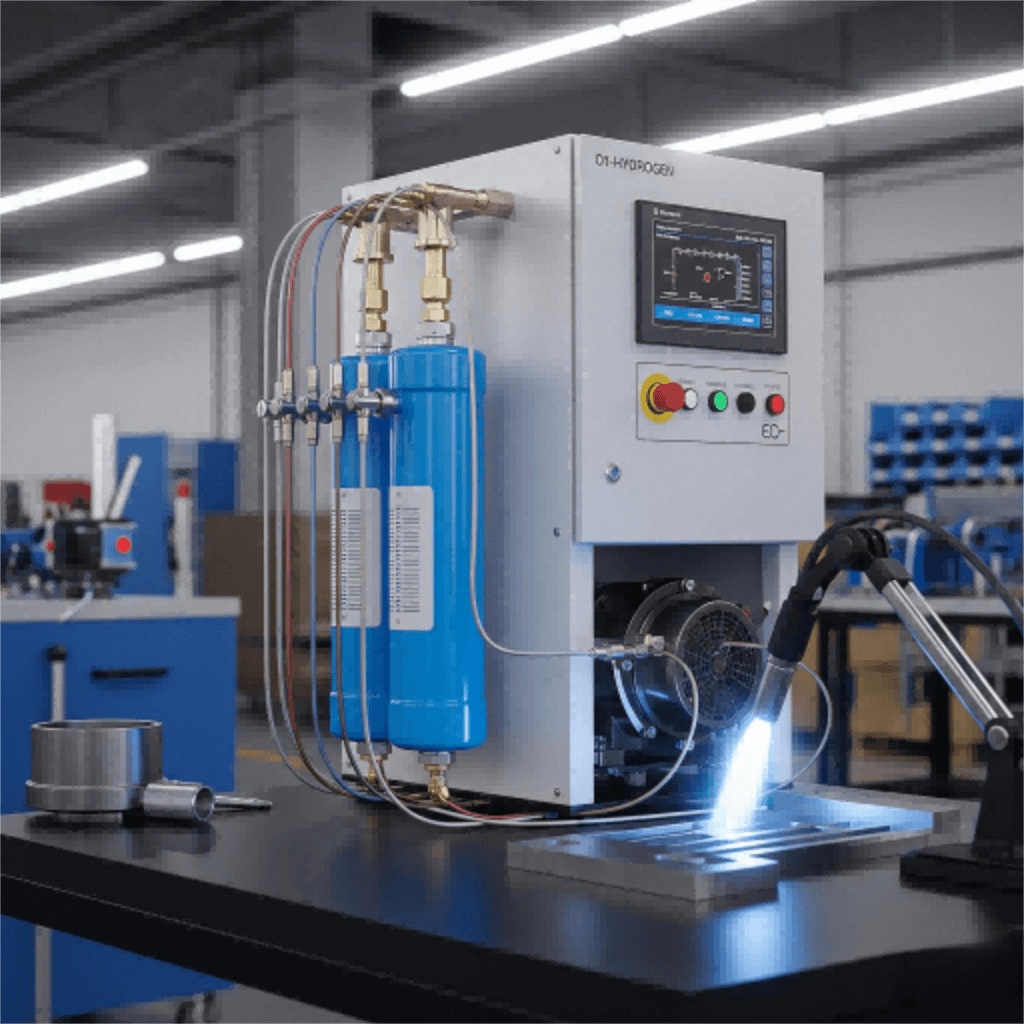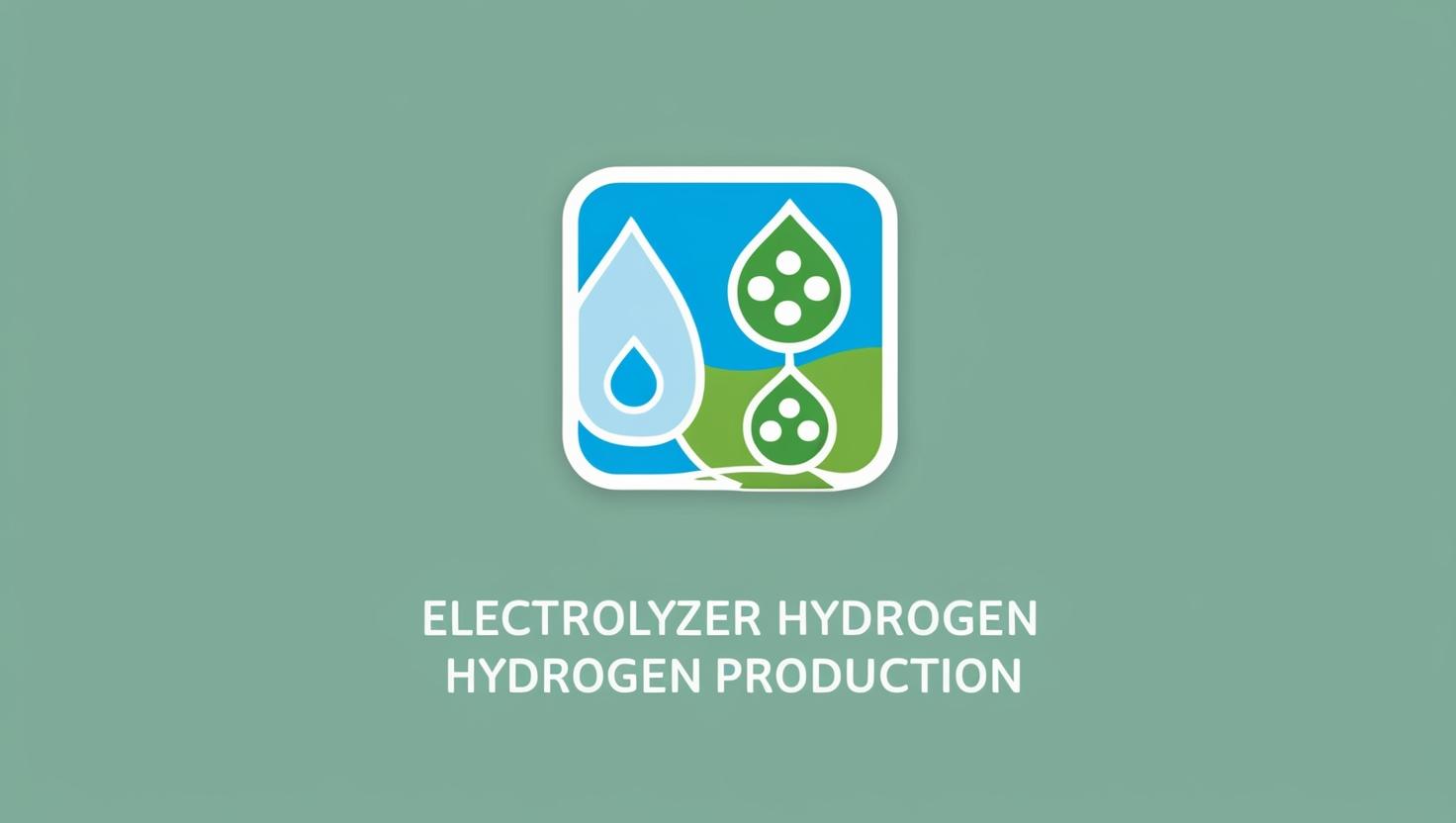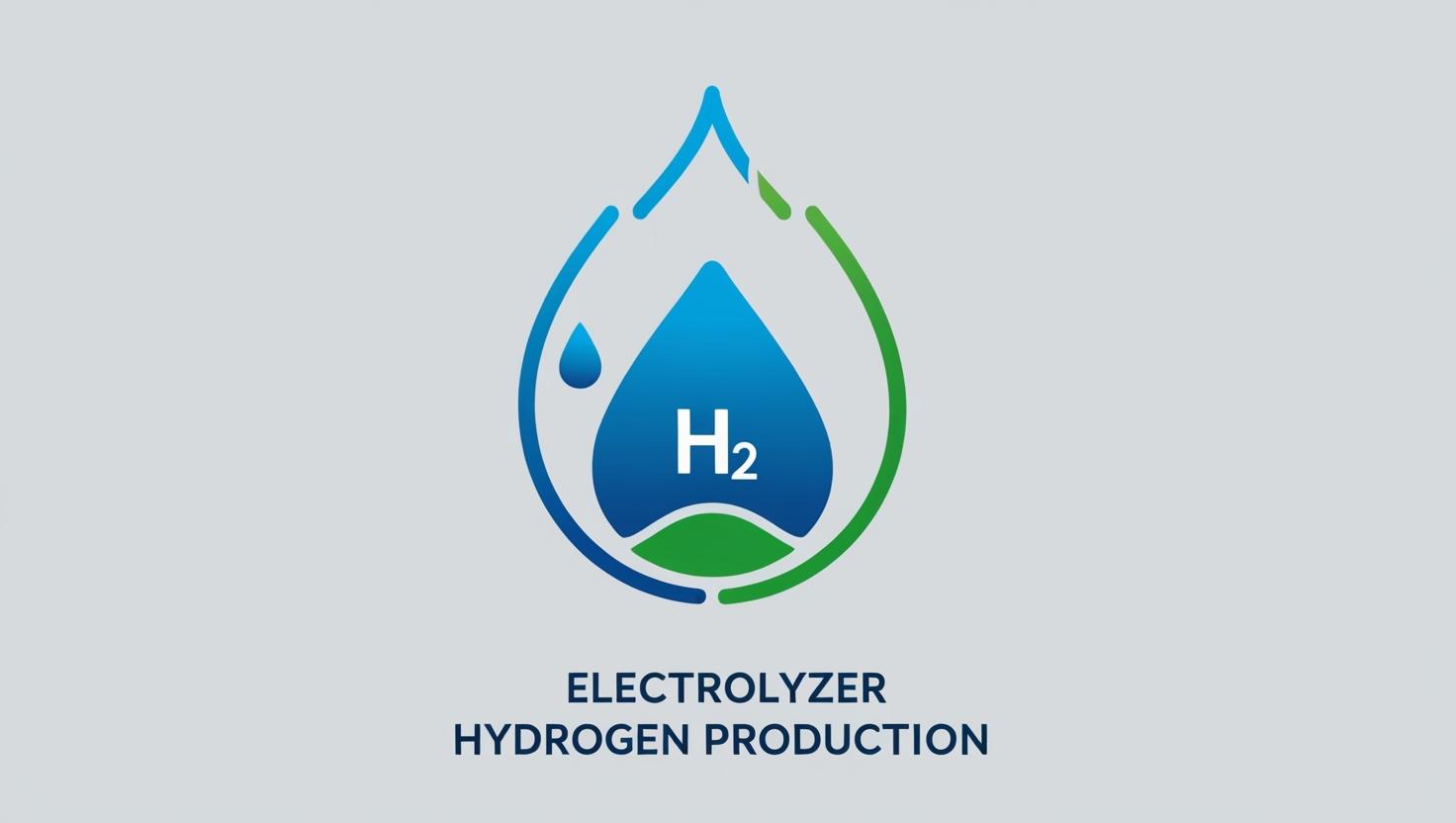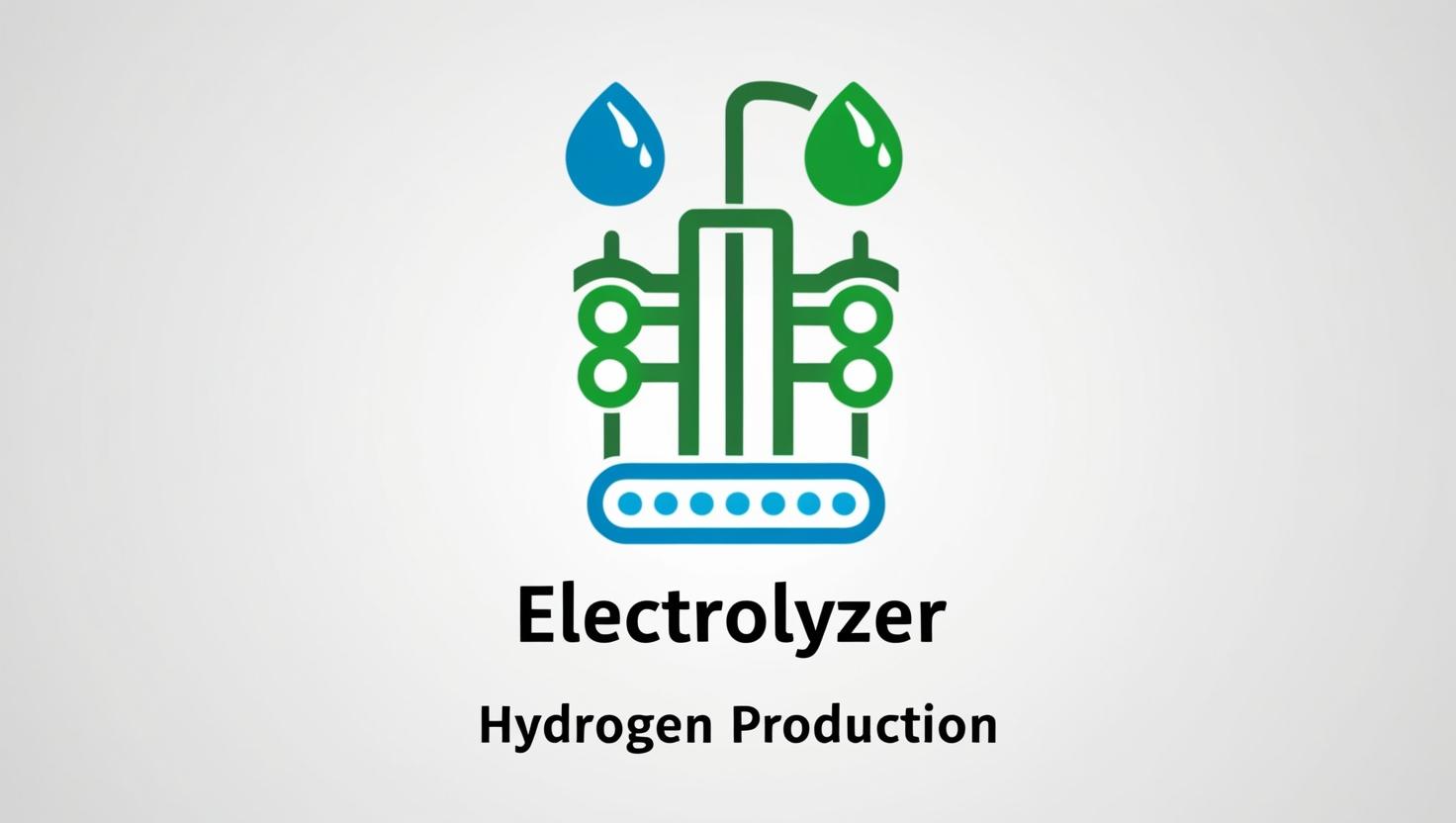I. Introduction
Hydrogen has emerged as a leading clean energy carrier, and Proton Exchange Membrane (PEM) electrolyzers are at the forefront of this transformation. A 2000ml PEM electrolyzer hydrogen generator offers a practical and efficient solution for small-scale hydrogen generation needs, such as in research labs, universities, pilot testing, and even niche industrial processes.
The 2000ml capacity refers to the generator’s ability to produce approximately 2000 milliliters of hydrogen gas per minute. This production rate makes it ideal for applications that require moderate but consistent hydrogen output without needing large-scale infrastructure.
Compared to alkaline or solid oxide electrolyzers, PEM technology boasts several advantages:
- Higher purity hydrogen production (often exceeding 99.999%)
- Compact and modular design
- Quick start-up times and dynamic response
- High-pressure output without the need for compressors
As hydrogen becomes more integrated into energy systems, especially with the rise of renewables, understanding the role and market of these mid-range PEM electrolyzers is crucial for buyers, researchers, and businesses alike.
II. Key Manufacturers and Models
Several reputable manufacturers have introduced 2000ml PEM hydrogen generators with varying features tailored for different use cases. Here are some of the most prominent players:
1. heletitanium Technologies
- Model: HTGH-2000
- Hydrogen Output: 2000 ml/min
- Purity: 99.999%
- Power Consumption: ~1.5 kWh/Nm³
- Special Features: Plug-and-play design, high-pressure option, remote monitoring
2. Enapter
- Model: EL 2.1
- Hydrogen Output: Up to 2000 ml/min
- Purity: 99.999%
- Power Consumption: 1.8 kWh/Nm³
- Special Features: Modular architecture, IoT-enabled, stackable systems
3. Sinosynergy
- Model: SINO2000-PEM
- Hydrogen Output: 2000 ml/min
- Purity: ≥99.995%
- Power Consumption: 1.7–1.9 kWh/Nm³
- Special Features: Durable titanium components, integrated cooling
4. HyGear
- Model: HGS-2000
- Hydrogen Output: 2000 ml/min
- Purity: 99.999%
- Power Consumption: 1.6 kWh/Nm³
- Special Features: Compact skid, integration-ready for labs
5. heletitaniumhydrogen H2 Systems
- Model: HTGHS-2000
- Hydrogen Output: 2000 ml/min
- Purity: 99.999%
- Power Consumption: 1.4–1.6 kWh/Nm³
- Special Features: Renewable energy compatible, smart energy management
Comparison Table
| Manufacturer | Model | Output (ml/min) | Purity (%) | Power (kWh/Nm³) | Key Features |
|---|---|---|---|---|---|
| heletitanium | HTH-2000 | 2000 | 99.999 | 1.5 | Plug-and-play, remote monitoring |
| Enapter | EL 2.1 | 2000 | 99.999 | 1.8 | IoT, modular, stackable |
| Sinosynergy | SINO2000 | 2000 | 99.995 | 1.7–1.9 | Titanium build, cooling system |
| HyGear | HGS-2000 | 2000 | 99.999 | 1.6 | Compact design, easy integration |
| heletitaniumhydrogen H2 Systems | HTGHS-2000 | 2000 | 99.999 | 1.4–1.6 | Renewable-compatible, smart controls |
III. Performance Comparisons
Performance is a critical aspect when evaluating a 2000ml PEM electrolyzer hydrogen generator. Buyers must understand how different models behave under real-world conditions.
Hydrogen Production Rate
All listed models are designed to output approximately 2000 ml/min, but actual performance may slightly vary due to ambient temperature, power quality, and load factors.
Energy Consumption
Measured in kWh/Nm³, most high-quality PEM units consume between 1.4–1.9 kWh for every normal cubic meter of hydrogen produced. The lower the figure, the more energy-efficient the system.
Purity Levels
For sensitive applications like fuel cells or lab research, hydrogen purity is paramount. Top models exceed 99.999% (5N) purity, with built-in purification systems like dryers and deoxidizers.
Durability and Lifespan
Premium PEM electrolyzers typically last 10,000–20,000 operational hours. Using deionized water, avoiding start-stop cycles, and adhering to maintenance schedules significantly increase lifespan.
System Efficiency
Efficiency considers both power input and hydrogen output. Some modern systems like the Green H2 Systems GHS-2000 also reclaim waste heat or integrate with solar panels, further enhancing overall system efficiency.
IV. Selection Criteria
Choosing the right 2000ml PEM electrolyzer hydrogen generator requires careful evaluation of multiple factors:
Production Needs
- Is 2000 ml/min sufficient for your application?
- Will there be peak demands or continuous operation?
Purity Requirements
- Is ultra-pure hydrogen essential (e.g., fuel cell research)?
- Does the application tolerate minor impurities?
Space & Installation
- How much physical space is available?
- Is the location indoor or outdoor?
Power Availability
- Can the power supply handle continuous demand?
- Is renewable integration desired?
Maintenance & Usability
- Does the unit offer automated cleaning cycles?
- Are replacement parts readily available?
Budget & ROI
- Is there funding or government support available?
- What’s the estimated payback period?
Safety & Certification
Ensure compliance with CE, ISO, or local electrical and hydrogen safety standards.
V. Pricing Analysis
Price Factors
- Electrode Materials: Titanium vs. cheaper alloys
- System Automation: Manual vs. smart control systems
- Hydrogen Purity: Advanced purifiers increase cost
- Brand Reputation: Premium brands command higher prices
Typical Price Range
A 2000ml PEM electrolyzer costs between $8,000 and $25,000 USD, depending on features and build quality.
Cost Breakdown
| Cost Category | Typical Amount |
|---|---|
| Equipment | $10,000–$20,000 |
| Installation | $1,000–$3,000 |
| Maintenance/year | $500–$1,500 |
| Operating cost/kWh | $0.10–$0.25 |
ROI & Payback
A well-optimized system could achieve ROI in 2–4 years, especially when replacing bottled hydrogen or using renewable energy sources.
Where to Buy
- heletitaniumhydrogen.com for Chinese suppliers
- heletitaniumhydrogen.com, for direct orders
VI. Future Trends
The hydrogen generation market is evolving rapidly, and the demand for compact systems like the 2000ml PEM electrolyzer hydrogen generator is expected to rise significantly over the coming years. This shift is fueled by the growth of decentralized energy systems and an increasing focus on sustainability.
1. Technological Advancements
PEM electrolyzer technology is improving with innovations such as:
- Enhanced Membrane Materials: New composite membranes offer better conductivity, higher durability, and reduced degradation.
- Catalyst Optimization: Non-platinum group catalysts are being explored to reduce costs without sacrificing performance.
- Integrated Systems: Combining electrolyzers with renewable energy sources like solar or wind for off-grid hydrogen production is becoming common.
2. Smart Monitoring and IoT Integration
Modern systems increasingly feature IoT capabilities for real-time monitoring, predictive maintenance, and remote troubleshooting. This adds efficiency and reliability, especially in remote or critical-use environments.
3. Cost Reduction and Scaling
Mass production, increased competition, and improved manufacturing methods are pushing down the cost per unit of hydrogen. Additionally, stackable PEM electrolyzers allow users to scale output based on demand.
4. Regulatory and Policy Support
Governments across the globe are supporting hydrogen technologies through:
- Subsidies and Tax Incentives
- Research Grants
- Net-Zero Roadmaps
The EU, Japan, and the U.S. have outlined aggressive hydrogen strategies, benefiting both small and large-scale users.
5. New Market Applications
Smaller PEM hydrogen generators are gaining traction in:
- Portable Power Solutions
- Educational Kits for STEM Programs
- On-site Lab Gas Supply
- Hydrogen-fueled Drone Charging
As the hydrogen economy matures, niche applications will continue to drive innovation and diversification in this segment.
VII. Conclusion
Selecting the right 2000ml PEM electrolyzer hydrogen generator involves a deep understanding of both the technology and the unique needs of your application.
Whether you’re operating a research facility, educational institution, or a pilot-scale industrial operation, these compact generators provide an efficient, reliable, and scalable solution.
As the market continues to expand and evolve, the investment in a high-quality PEM electrolyzer not only meets today’s needs but also aligns with future green energy goals.
With advances in efficiency, smart capabilities, and integration potential, these generators are poised to become a core component in decentralized hydrogen production systems.
Now is the perfect time to evaluate your hydrogen production goals, compare top models, and make an informed purchasing decision that brings long-term value and sustainability.
Frequently Asked Questions (FAQs)
1. What is a 2000ml PEM electrolyzer hydrogen generator used for?
It is used for producing high-purity hydrogen gas at a rate of approximately 2000 ml/min, suitable for laboratory use, research applications, fuel cell demonstrations, and small-scale industrial processes.
2. How much does a 2000ml PEM electrolyzer cost?
Prices typically range between $8,000 to $25,000 USD, depending on features, brand, and specifications such as purity level and automation.
3. How pure is the hydrogen from PEM electrolyzers?
Most models produce hydrogen at 99.999% purity (also known as 5N), suitable for sensitive applications like fuel cells and chemical analysis.
4. Can I integrate a PEM electrolyzer with solar panels?
Yes, many models are designed to integrate with renewable energy sources. This setup is ideal for sustainable and off-grid hydrogen production.
5. What kind of maintenance is required?
Basic maintenance includes replacing filters, checking water quality, membrane inspection, and ensuring safe storage conditions. Some models come with auto-flush or diagnostic features to ease maintenance.
6. Where can I buy a reliable 2000ml PEM electrolyzer hydrogen generator?
Trusted sources include heletitaniumhydrogen.com, and online industrial platforms like heletitaniumhydrogen.com (with supplier vetting).

